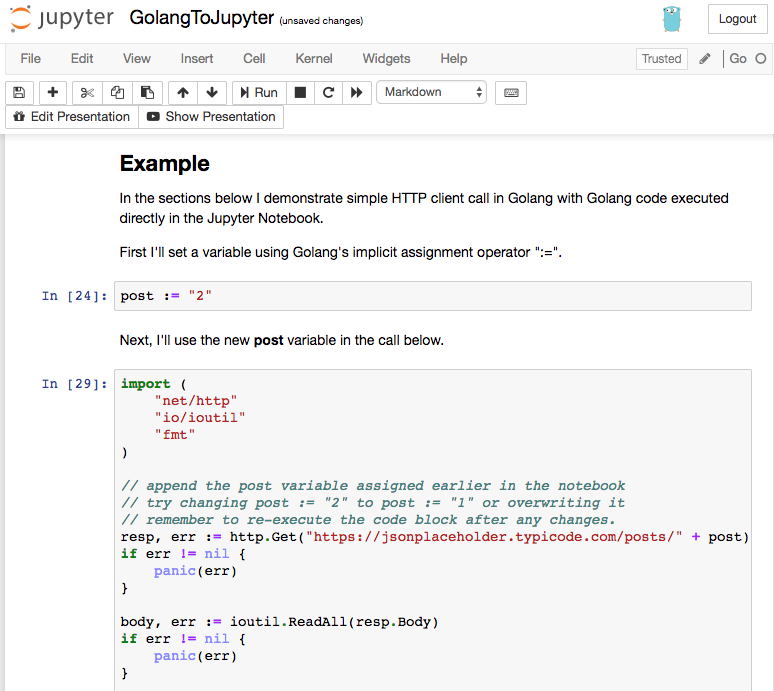
The Azure Core framework will provide the policy with the necessary request and response data along with any necessary context to execute the policy. For example, a logging policy will log the request and response but the authentication policy is only interested in modifying the request. The policy has to decide whether to act on the request, the response, or both. All policies added to the pipeline execute before you send the request and after you receive a response. When you receive a response from the service, the policies execute in the reverse order. When you send a request, the policies execute in the order that they're added to the pipeline. Because all client libraries have a standard 'Azure Core' layer, this layer ensures that each policy executes in order in the pipeline. Each policy has a dedicated purpose and will act on a request or a response or sometimes both. HTTP pipeline policiesĪ pipeline consists of a sequence of steps executed for each HTTP request-response roundtrip. The SDK also provides two more HTTP transport implementations for OkHttp and the HTTP client that ships with JDK 11 and later. However, the SDK also provides a pluggable HTTP transport so you can use other implementations where appropriate. As noted earlier in this article, the Azure SDK for Java uses Netty by default for its HTTP transport. The HTTP transport forms the gateway for the Azure SDK client libraries to interact with Azure services. The HTTP transport is responsible for establishing the connection to the server, and sending and receiving HTTP messages.

If you don't provide a pipeline, the client library will create one configured to work with that specific client library. You can provide your own custom HTTP pipeline when creating a client. The HTTP pipeline is one of the key components in achieving consistency and diagnosability in the Java client libraries for Azure.

AzureResourceManager azureResourceManager = nfigure() BlobClient blobClient = new BlobClientBuilder()įor management libraries, you can set the HttpClient during Manager configuration. The following example uses the new HttpClient instance to build an Azure Storage Blob client. You can now pass the constructed HttpClient instance into a service client builder for use as the client for communicating with the service. HttpClient client = new JdkAsyncHttpClientBuilder() HttpClient httpClient = new OkHttpAsyncHttpClientBuilder() setCredentials("example", "weakPassword")) proxy(new ProxyOptions(, new InetSocketAddress("localhost", 3128)) HttpClient httpClient = new NettyAsyncHttpClientBuilder()

#Simple http client java password#
These instances proxy through and authenticate with user example with password weakPassword.
#Simple http client java how to#
The following examples show how to build HttpClient instances using Netty, OkHttp, and the JDK 11 HTTP client. The builders are NettyAsyncHttpClientBuilder, OkHttpAsyncHttpClientBuilder, and JdkAsyncHttpClientBuilder. In case you require a more complex HTTP client, such as a proxy, each implementation offers a builder that allows you to construct a configured HttpClient instance. This method returns a basic HttpClient instance based on the provided HTTP client implementation. When you build a service client, it will default to using HttpClient.createDefault(). An HttpClient implementation must exist on the classpath. If you remove the Netty dependency but provide no implementation in its place, the application will fail to start.


 0 kommentar(er)
0 kommentar(er)
